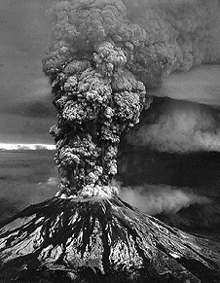When Nature Strikes - Volcanoes
Volcanoes are both spectacular and dangerous. The most dangerous kind of volcano is the supervolcano. When a supervolcano erupts, it can result in complete local devastation and even a change in global climate. Yellowstone is the site of one supervolcano that erupted most recently 630,000 years ago. Another devastating supervolcano erupted at the Long Valley Caldara in California over 760,000 years ago. Both volcanoes are capable of future eruptions.
Supervolcanoes are so dangerous because of the explosive magma that is produced within the mantle. Shield volcanoes, like the volcanoes of Hawaii, are not explosive because they are composed of basaltic magma produced by a hot spot under the ocean crust. That magma is very liquid and flows easily without an explosion. Under a composite volcano like Mount Saint Helens, the magma produced is intermediate in mineral composition. It is explosive in nature, but not as explosive as the granitic magma that underlies a supervolcano, the most explosive and dangerous kind of volcano in the world.
Michael Manga from the University of California, Berkeley, is investigating the Long Valley supervolcano that erupted hundreds of thousands of years ago, and could do so again.
"When Nature Strikes" is produced by NBC Learn in partnership with the National Science Foundation.
"When Nature Strikes: Volcanoes" Classroom Activity
You might also be interested in:

What types of instructional experiences help K-8 students learn science with understanding? What do science educators teachers, teacher leaders, science specialists, professional development staff, curriculum designers, school administrators need to know to create and support such experiences?
...more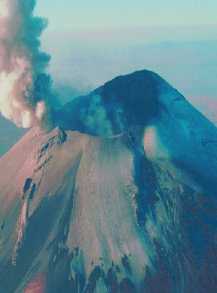
There are several ways in which a volcano can form, just as there are several different kinds of volcanoes. Volcanismis part of the process by which a planet cools off. Hot magma, rising from lower reaches
...more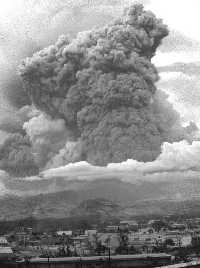
Volcanic eruptions come in many different forms. Shield volcanoes typically spew lava accompanied only by hot gases. These lavas flow slowly down the mountain with speeds of 15 miles per hour or slower.
...more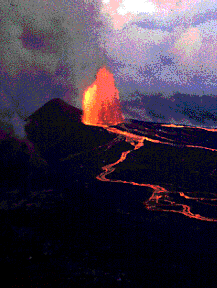
Shield volcanoes can grow to be very big. In fact, the oldest continental regions of Earth may be the remains of ancient shield volcanoes. Unlike the composite volcanoes which are tall and thin, shield
...more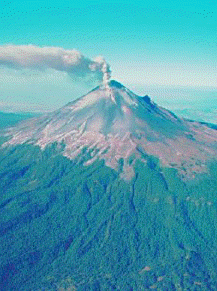
The most majestic of the volcanoes are composite volcanoes, also known as strato-volcanoes. Unlike the shield volcanoes which are flat and broad, composite volcanoes are tall, symmetrically shaped, with
...more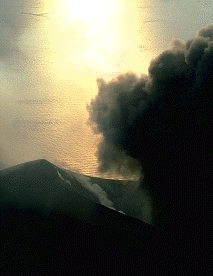
Volcanism is part of the process of bringing material up from the deep interior of a planet and spilling it forth on the surface. Eruptions also deliver fresh gases to the surface from the melted material
...more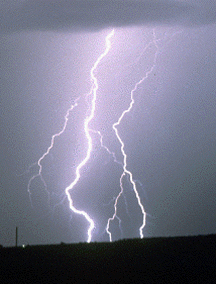
Here's a safe and easy way to make lightning. You will need a cotton or wool blanket. This experiment works best on a dry, cool night. Turn out all the lights and let your eyes adjust to the darkness.
...more










